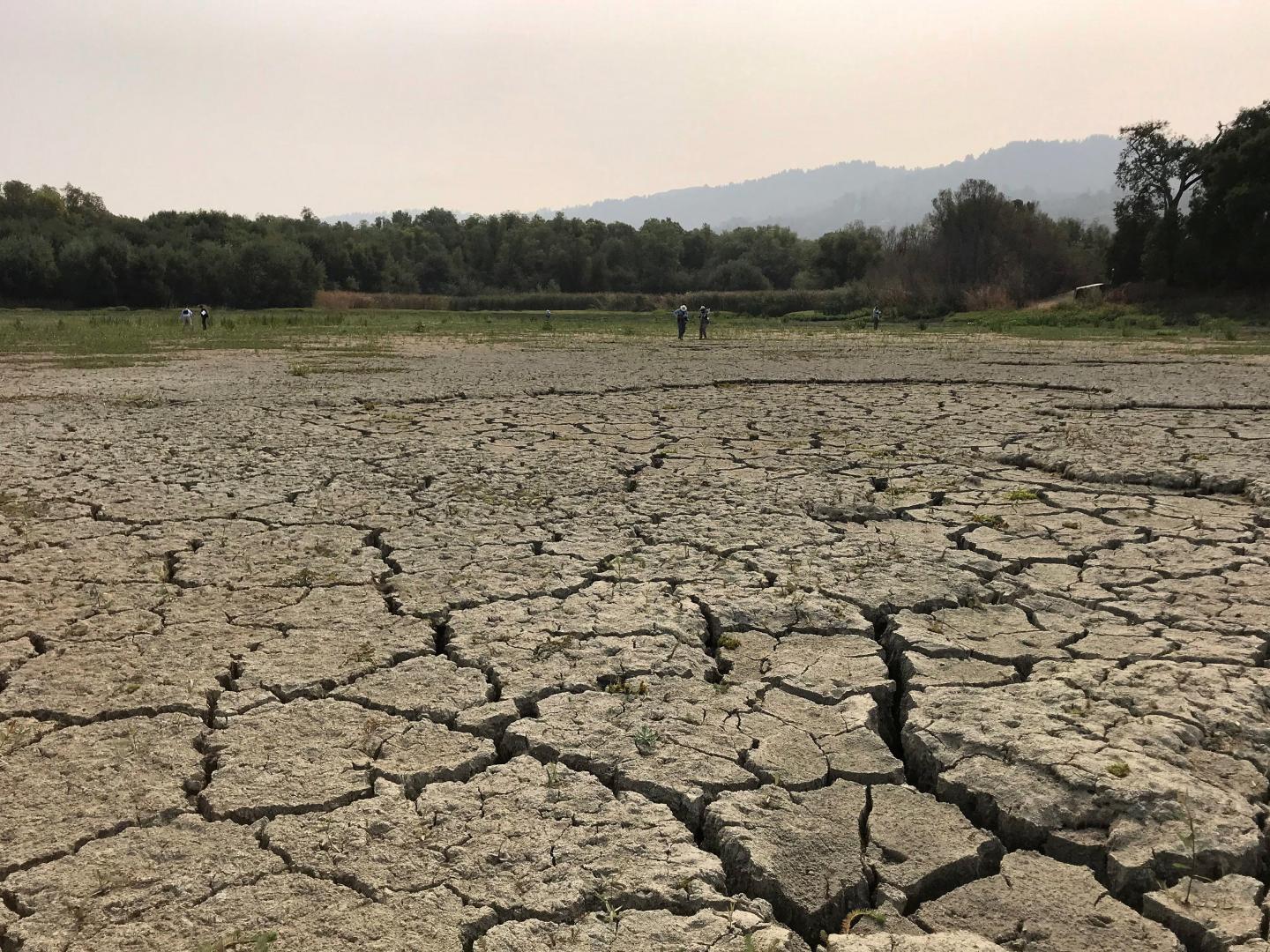
Credit: Image credit: Nona Chiariello / Jasper Ridge Biological Preserve
Lurking in sediments and surrounding the precious groundwater beneath our feet is a dangerous toxin: uranium. Scientists have long known this and tested for it. But now Stanford researchers have identified the trigger that causes naturally occurring uranium to dislodge from sediments and seep into groundwater, pointing to a solution for managing the toxin before it becomes a problem.
In a new regional model that combines aquifer information with soil properties for predicting groundwater quality, the researchers pinpointed the factors associated with uranium contamination. The research, published in Environmental Science & Technology Dec. 8, indicates that calcium concentrations and soil alkalinity are key determining factors of uranium groundwater contamination in California’s Central Valley. The findings will be especially important as water managers plan for a future with more people and less water available from snowpack in a warming world.
Uranium is among the top three harmful, naturally occurring groundwater contaminants in the Central Valley, along with arsenic and chromium. The radioactive, metallic element becomes dangerous when consumed in high quantities, causing kidney damage and increased risk of cancer. It is prevalent within the Central Valley’s San Joaquin Valley, and also occurs naturally in semi-arid and arid environments worldwide.
Researchers focused on locations in the Central Valley aquifers where groundwater uranium concentrations have been observed to exceed the drinking water standard of 30 micrograms of uranium per liter.
“Every aquifer has one or more of these natural contaminants. The question is whether they sit benignly in the sediments or really cause problems by getting into the groundwater,” said co-author Scott Fendorf, the Huffington Family Professor in Earth system science at the School of Earth, Energy & Environmental Sciences (Stanford Earth). “Water managers can use our findings to forecast solutions before the problems are manifested.”
The study focuses on the chemical impacts of groundwater recharge, which is the process of rainfall seeping into soils and moving down into underlying aquifers. As rainwater seeps downward, its chemistry changes as it interacts with the ground environment. Pumping the water back out also influences the dynamics of the aquifer, which can change the chemistry of the system and how elements such as uranium are partitioned between the solids (sediments) and water. If the water picks up more calcium during its travels and also becomes more alkaline, it can attract uranium and contaminate aquifers, the researchers found.
“Our work shows that it’s not just properties of the aquifer that are impacting uranium, but factors such as clay content and pH of the soil that served as important predictors of groundwater uranium concentrations,” said lead study author Alandra Lopez, a PhD student in Earth system science. “It highlights the importance of including data about soil properties when generating aquifer vulnerability maps for a naturally occurring contaminant like uranium.”
The good news: the researchers estimate that the factors introducing this process of uranium loosening from sediments into groundwater mainly occur within the top six feet of the soil, suggesting an easy fix could involve bypassing that area.
“If you’re going to manage aquifer recharge, which will be increasingly needed with climate change, be careful about having the water infiltrate through the soil where calcium and alkalinity are often highest. These management scenarios are being considered right now,” said Fendorf, who is also a senior fellow at the Stanford Woods Institute for the Environment.
The team says their methodology offers water managers an easy way to predict major influences on groundwater uranium concentrations at scale.
“We’re trying to tell everybody that you need to think about this ahead of time, because that’s when you can manage around the problem,” Fendorf said. “It’s a kind of forward prediction versus hindsight reaction – once you measure uranium in the water, your problem is already at hand and it’s much more expensive to fix.”
###
Arden Wells, a geologist with Todd Groundwater who conducted research while a graduate student at Stanford, is a co-author on the study.
This research was funded by the Water Foundation, a US National Science Foundation Graduate Research Fellowship and partly supported by the US Department of Energy, Office of Biological and Environmental Research, Subsurface Biogeochemistry Program (SBR).
Media Contact
Danielle T. Tucker
[email protected]
Original Source
https:/
Related Journal Article
http://dx.
https://scienmag.com/new-study-allows-regional-prediction-of-uranium-in-groundwater/





